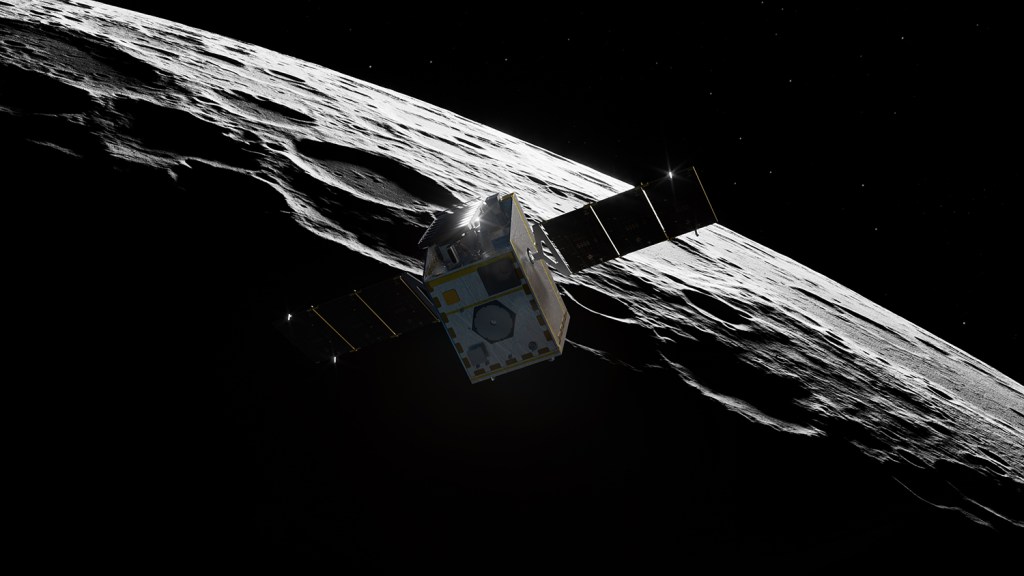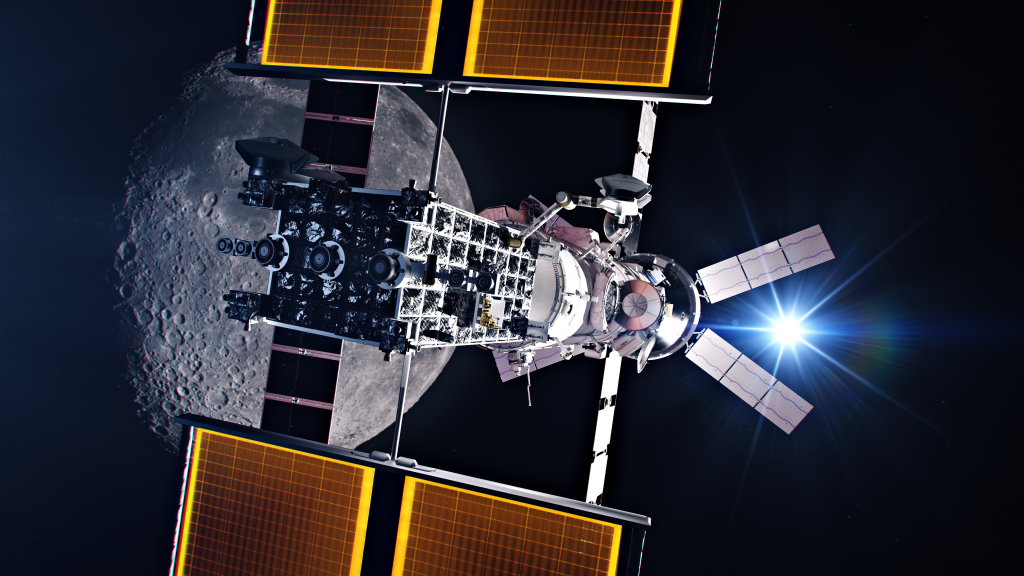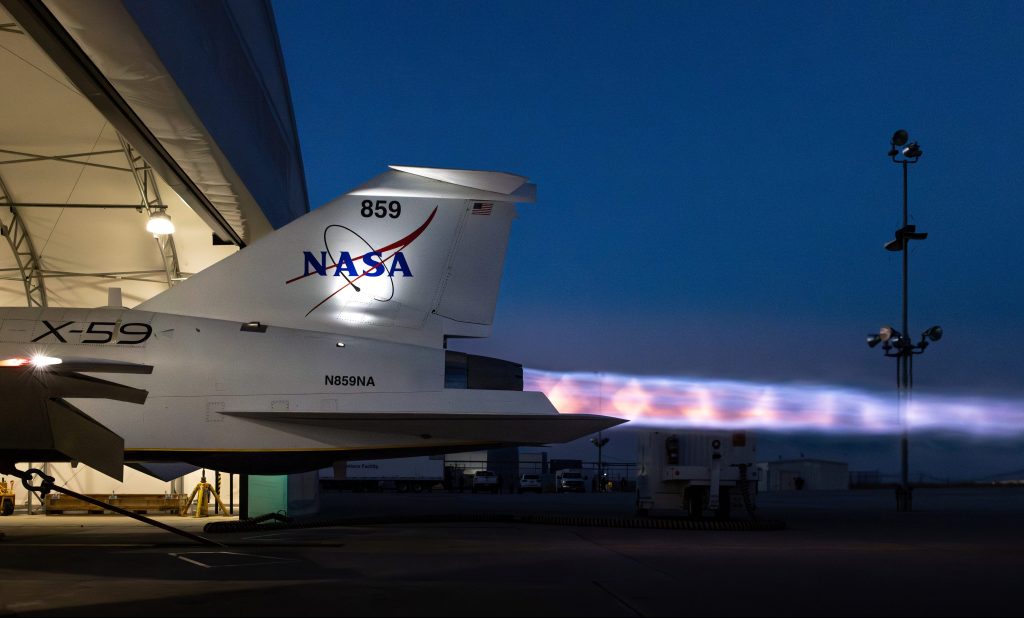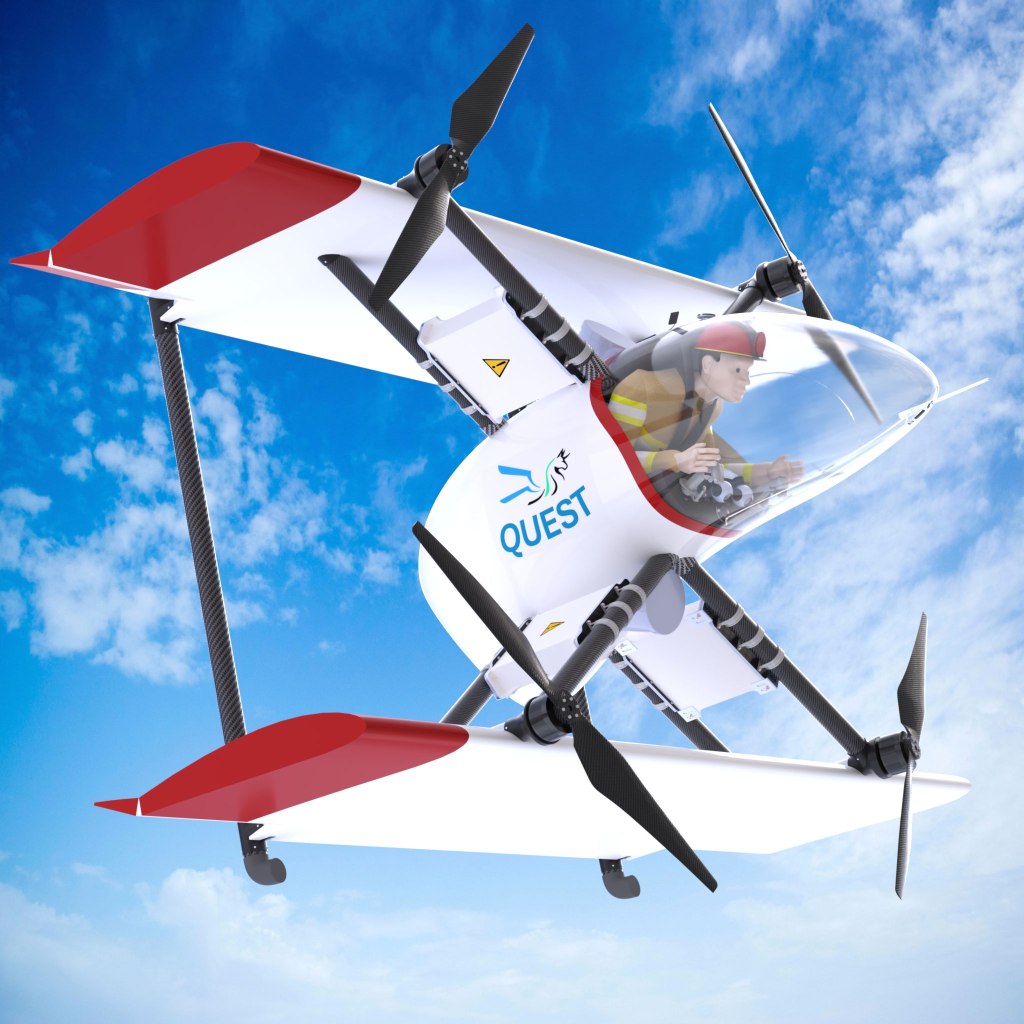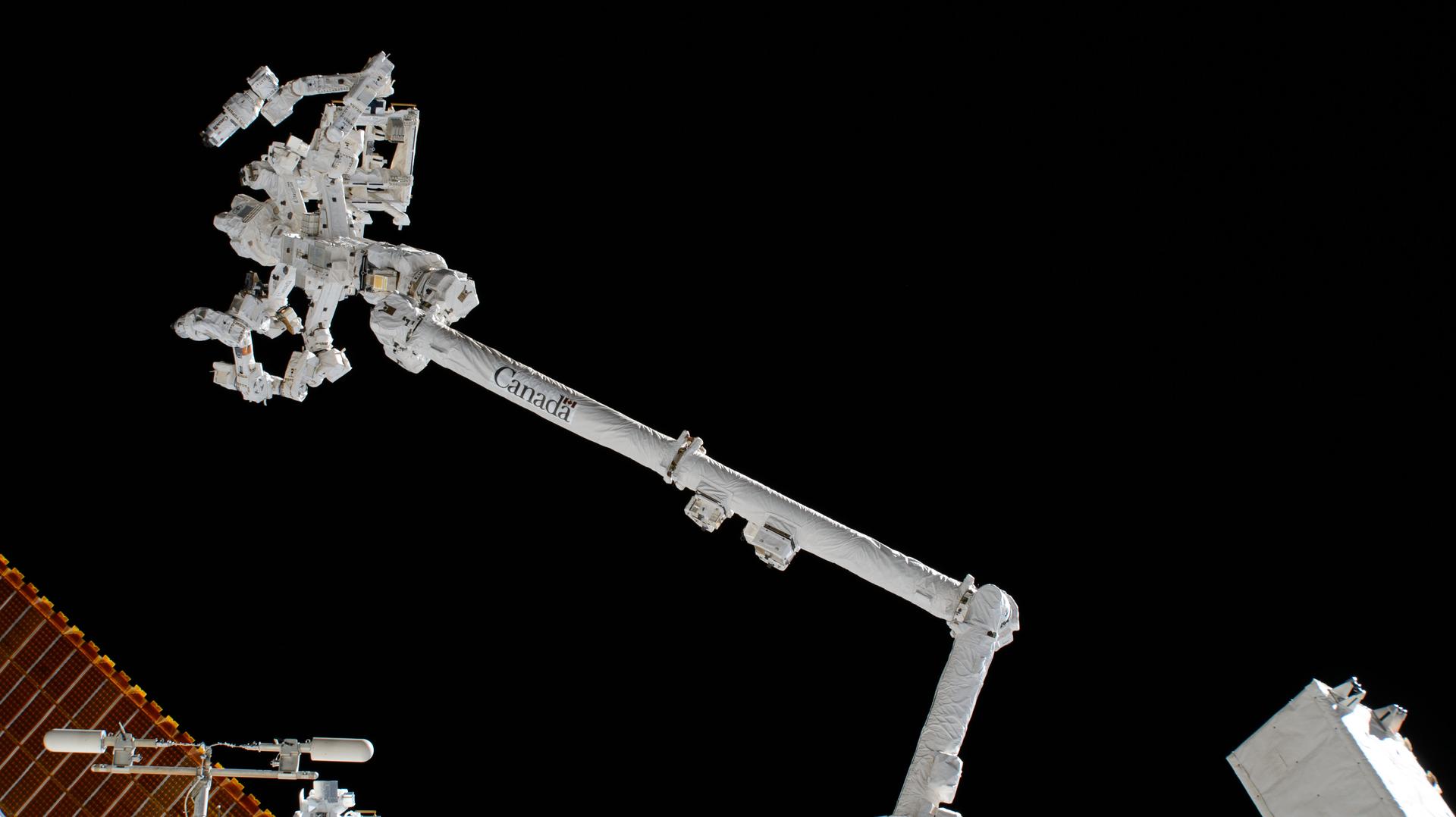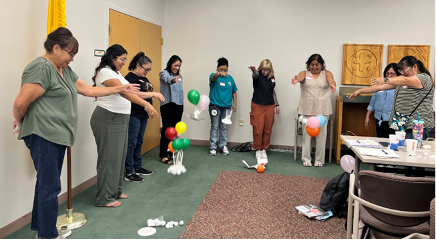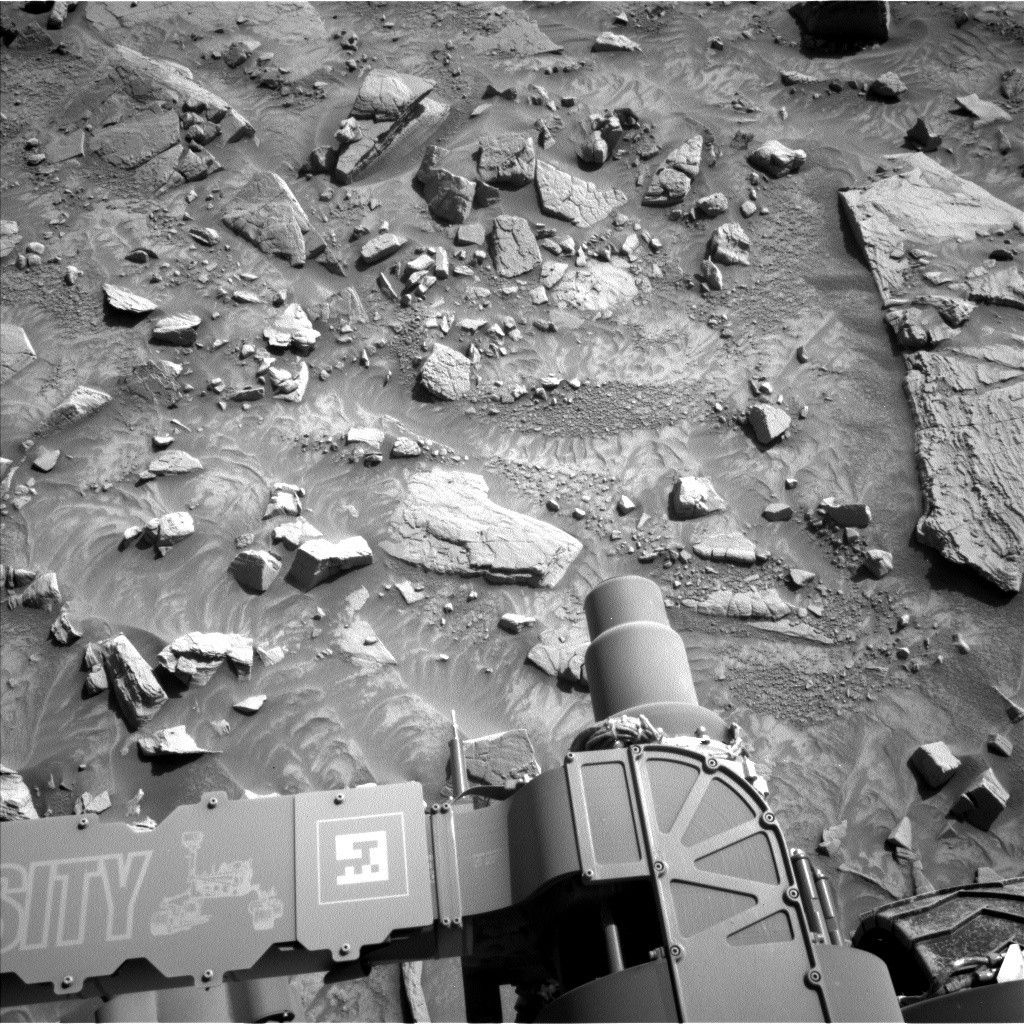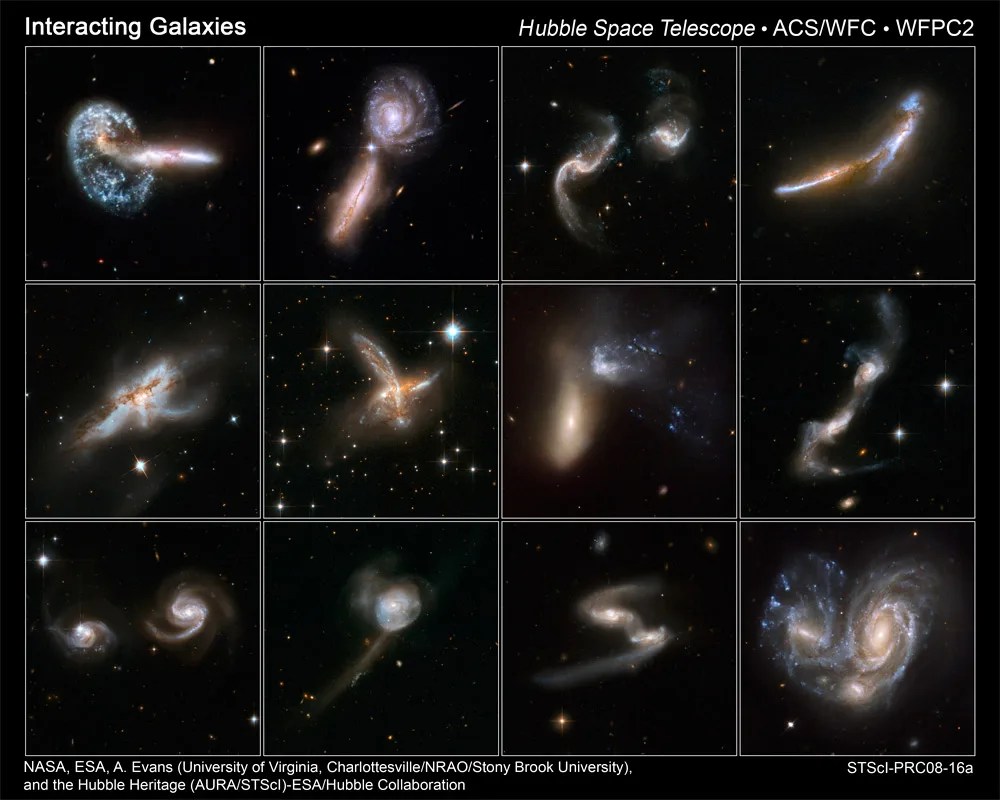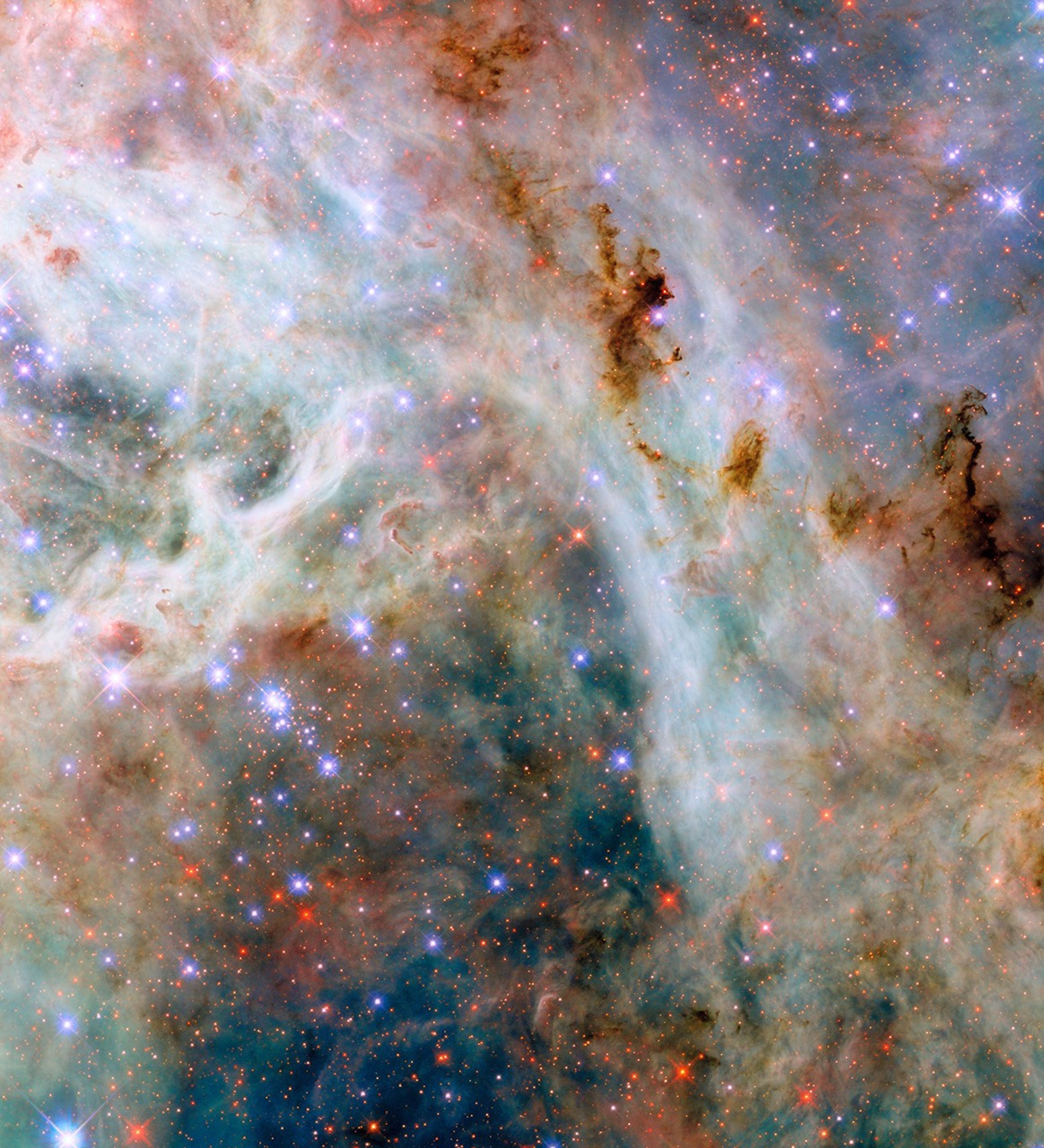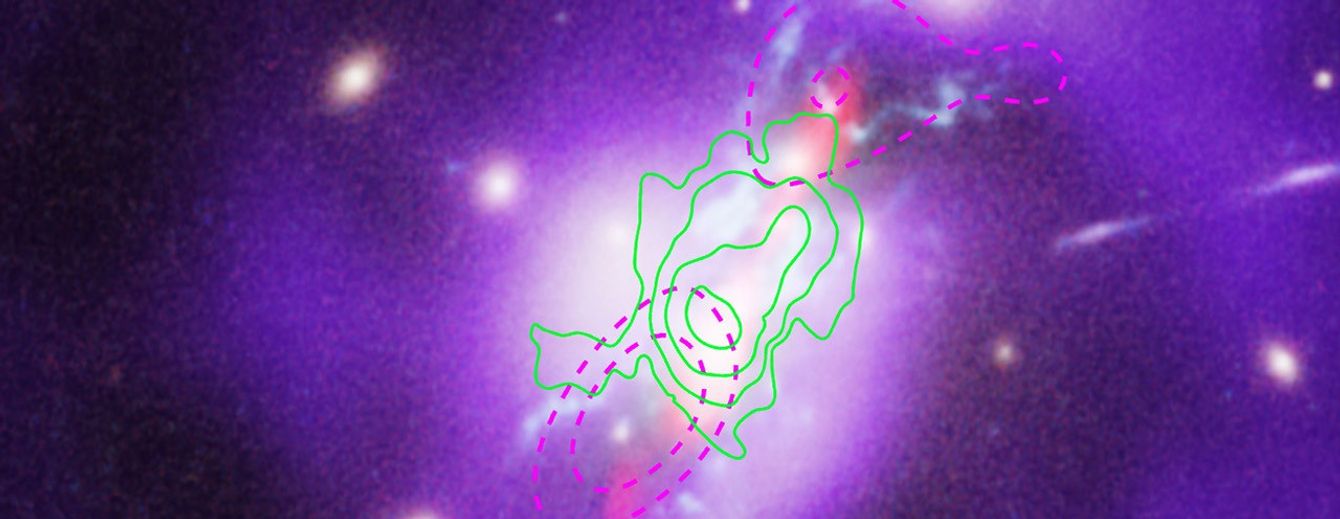Photo No.: STScI-PRC08-16
Credit:
NASA, ESA, A. Evans (University of Virginia, Charlottesville/NRAO/Stony Brook University), and the Hubble Heritage Team (STScI/AURA)-ESA/Hubble Collaboration
Astronomy textbooks typically present galaxies as staid, solitary, and majestic island worlds of glittering stars.
But galaxies have a dynamical side. They have close encounters that sometimes end in grand mergers and overflowing sites of new star birth as the colliding galaxies morph into wondrous new shapes.
Today, in celebration of the Hubble Space Telescope's 18th launch anniversary, 59 views of colliding galaxies constitute the largest collection of Hubble images ever released to the public. This new Hubble atlas dramatically illustrates how galaxy collisions produce a remarkable variety of intricate structures in never-before-seen detail.
Astronomers observe only one out of a million galaxies in the nearby universe in the act of colliding. However, galaxy mergers were much more common long ago when they were closer together, because the expanding universe was smaller. Astronomers study how gravity choreographs their motions in the game of celestial bumper cars and try to observe them in action.
For all their violence, galactic smash-ups take place at a glacial rate by human standards - timescales on the order of several hundred million years. The images in the Hubble atlas capture snapshots of the various merging galaxies at various stages in their collision.
Most of the 59 new Hubble images are part of a large investigation of luminous and ultra-luminous infrared galaxies called the GOALS project (Great Observatories All-sky LIRG Survey). This survey combines observations from Hubble, NASA’s Spitzer Space Telescope, NASA’s Chandra X-ray Observatory, and NASA’s Galaxy Evolution Explorer. The majority of the Hubble observations are led by Aaron S. Evans of Caltech.
The Hubble Space Telescope is a project of international cooperation betweenNASA and the European Space Agency and is managed by NASA's GoddardSpace Flight Center in Greenbelt, Md. The Space Telescope Science Instituteconducts Hubble science operations. The institute is operated for NASA by theAssociation of Universities for Research in Astronomy, Inc., Washington, D.C.
View more information and images on the discovery at the following Web sites:
For more information on this story, contact:
Ray Villard
Space Telescope Science Institute, Baltimore, Md.
410-338-4514
Lars Lindberg Christensen
Hubble/ESA, Garching, Germany
011-49-89-3200-6306
Aaron Evans
Department of Astronomy
University of Virginia, Charlottesville, Va.





